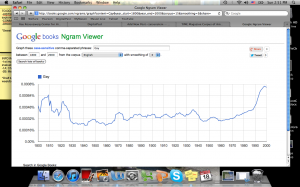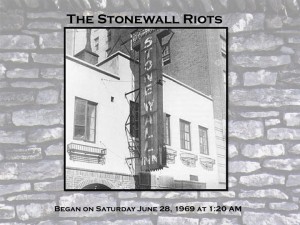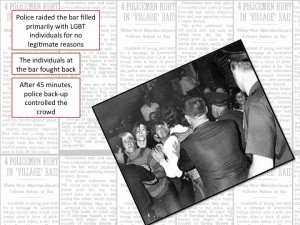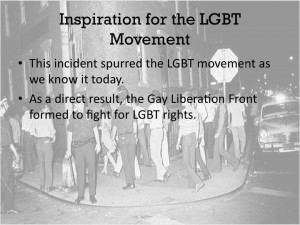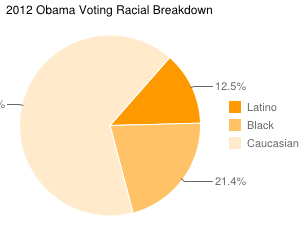Roy Rozenweig’s essay details the discussion of our ability to preserve the past through digitization. Specifically, with the internet, Rozenweig explains that SO much information about certain historical events such as 9/11 are easily searchable and made memorable by search engines such as google. However, Rozenweig warns that this digitization is not a permanent remembrance of the past:
Not only are ephemera like “Bert” and government records made vulnerable by digitization, but so are traditional works–books, journals, and film–that are increasingly being born digitally. As yet, no one has figured out how to ensure that the digital present will be available to the future’s historians.
Through his work, Rozenwieg presents an interesting idea: current historians and history teachers must think “simultaneously about how to research, write, and teach in a world of unheard-of historical abundance and how to avoid a future of record scarcity.”
Though we are currently in a “golden age” of documentation and historical archiving, this golden age could unexpectedly fall. The article presents the thoughts of one writer for the Washington Post who noted that this society of preservation could fall just like societies of prehistoric times, considering the idea that, “The members of prehistoric societies did not think they lived in prehistoric times.” Rather, “They merely lacked a good preservation medium.”
WIth Rozenwieg’s ideas afloat, it was interesting to move on to the exploration readings of The April 16 archive, The Hurricane Digital Memory Book, and The September 11 Digital Archive. Each website offered various personal accounts and remembrances of these tragic events. Each reading or entry was more vivid and pathos-filled than the last. The Hurricane Digital Memory Book told stories of survivors from the Hurricane as well as recollections of lost loved ones. The September 11 Digital Archive offered similar stories, and the April 16 archive had collected memories of the Virginia Tech tragedy.
One of my favorite posts was this quick little mention in the April 16 Archive. It was called “Bear Hugs” and merely stated that “free bear hugs were set up in the student lounge shortly after the incident. I thought this simple gesture was one of the kindest and simplest actions anyone could have taken:
After viewing all of these heart-breaking, saddening archives, I’m going to need to listen to some upbeat music. However, I’m also left with what I think Rozenwieg wanted me to come away with after reading his work: We live in a time where literally anything and everything can be digitized and preserved. However, this ability has immeasurable implications for our society and raises important questions like, “Is this digitization permanent? Is it accurate? How much will we have preserved 100 years from now?” These are crazy questions, but I’m not sure if we will ever find the answer to “what will happen when” until we are actually thrown into the future.


